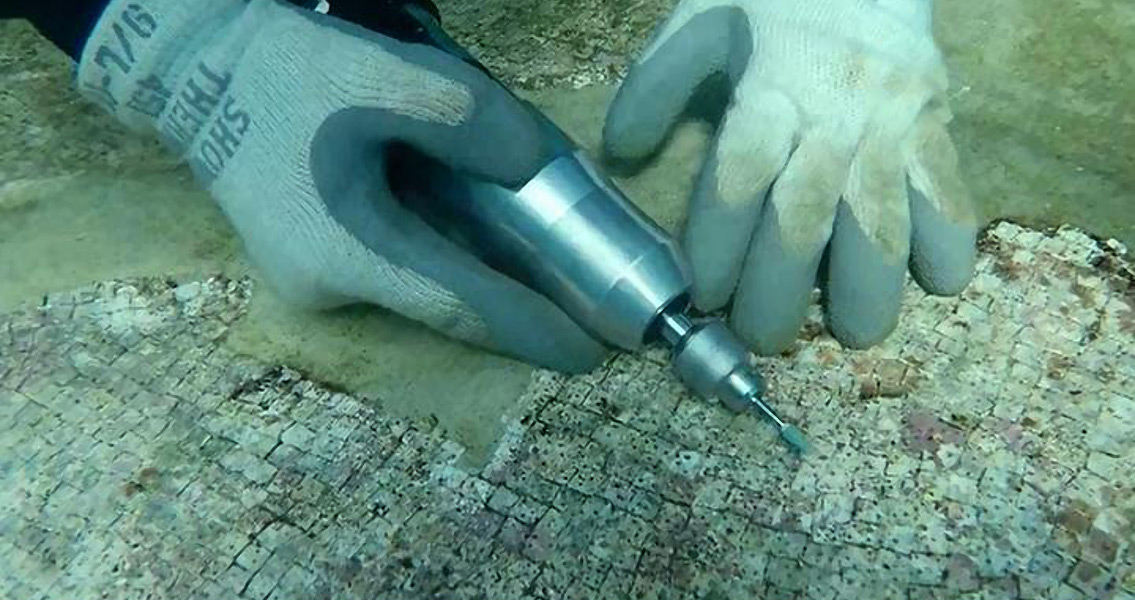<![CDATA[By the beginning of the Renaissance it lay deserted, its structures largely submerged in the Bay of Naples. But from the first century BCE until the third century CE, particularly towards the end of the Roman Republic, the mineral springs and coastal resort of Baia were the summer vacation spot of the super-rich, notorious for hedonistic activities along with the attendant scandal and corruption. Now, researchers have determined where (most of) the marble used in the construction of the luxury villas and extravagant bathhouses originated. Fashionable for centuries, Baia, now known as the Underwater Archaeological Park of Baia, was located on the Gulf of Naples in ancient Italy. Statesmen such as Lucullus, Marius and Pompey were all frequent visitors to the resort, Emperors Julius Caesar and Nero both kept villas there, and much of the area was claimed as imperial property by Emperor Augustus. The bathhouses there were filled using the warm mineral water from sulfur springs. Roman engineers also constructed a system to channel underground heat to chambers which served as saunas. Additionally, the baths were also used by the Romans medicinally to treat various illnesses. Researchers used geotechnical and microscopic techniques to analyze the white marble (still visible to divers today) that covered the Roman buildings and floors in order to determine where it was quarried - important information to historians and archaeologists for a number of reasons. For instance, with this knowledge the researchers can determine trade routes used by the Roman Empire at the time. The quality and variety of the marble (the best available at the time) used in Baia highlights the importance of the area. The composition of marble varies from quarry to quarry, so the task was to compare samples from Baia with samples from quarries within the Mediterranean. Scientists with the University of Calabria, Italy, the Geosciences Institute at the Spanish Scientific Research Council and the Complutense University of Madrid collaborated to complete the project by first collecting fifty samples from Baia, each measuring just a few centimeters in length and taken from various surface. A variety of techniques were used in the analysis, including a petrographic microscope to first observe the samples, X-ray diffraction to study the mineral composition, inductively Coupled Plasma Mass Spectrometry to determine the manganese content, and Scanning Electron Microscopy to analyze the isotopes. It was these parameters; size of the crystals, the amount of manganese and the specific isotopes discovered using these techniques which proved most valuable in determining origin. For comparison purposes, the research team acquired samples of eight varieties of marble from the most widely-used and well-known marble quarries in Greece, Turkey and Italy. The results revealed the marble found in Baia originated from the following quarries: Carrara (Italy), Docimium, Aphrodisias and Proconnesos (Turkey) and Paros, Thassos, and Pentelicon (Greece). Only five of the samples could not be matched to their origins. Image courtesy of Michela Ricca et al. ]]>
Scientific Techniques Lead to Discovery of Ancient Marble's Origins
